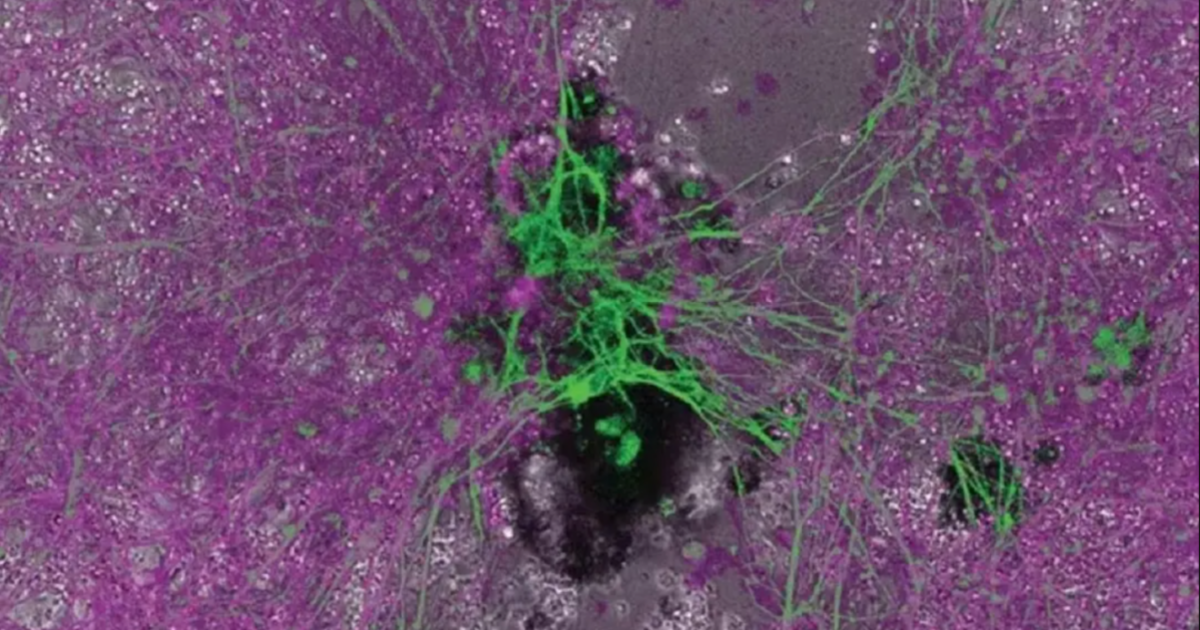
Scientists have been studying the possibility of combining biological cells with robotics for several years, and have been quite successful.
There are multiple different types of ‘biological robots’ that can be made. This includes anthrobots, which are created from human cells and have been made to be able to self-assemble into hairy structures that are able to move themselves.
Xenobots are another example, which are created from dead frogs and seem to be able to self-replicate and perform other tasks.
According to a new study that was published in the journal Physiology, researchers are now able to take cells from organisms (whether living or dead) and turn them into machines that are able to develop entirely new and often unexpected functions.
This is a big finding because, with previous examples, the cells would largely just perform the same types of tasks that they did naturally. These, however, are performing novel tasks that are new to the cell.
Biologists Peter Nobel and Alex Pozhitkov are co-authors of the paper and have written an essay for The Conversation, in which they say:
“The third state challenges how scientists typically understand cell behavior.” They went on, “There are few instances where organisms change in ways that are not predetermined.”
An example of this from the paper is when an anthrobot that was created from human lung cells went on to repair damaged neuron cells that were nearby in a petri dish.
It is important to note that the researchers did not program the anthrobot to do this, it just did it on its own.
Commenting on this type of behavior, the two researchers wrote:
“Taken together, these findings demonstrate the inherent plasticity of cellular systems and challenge the idea that cells and organisms can evolve only in predetermined ways. The third state suggests that organismal death may play a significant role in how life transforms over time.”
As scientists continue to learn more about these possibilities, it is becoming apparent that there is a lot more going on on the cellular level than was previously thought.
This may open up many new options in many fields, including medicine.
The two concluded in their essay:
“A better understanding of how some cells continue to function and metamorphose into multicellular entities some time after an organism’s demise holds promise for advancing personalized and preventive medicine.”
This is a very exciting discovery for the future of medicine.
If you thought that was interesting, you might like to read about the mysterious “pyramids” discovered in Antarctica. What are they?